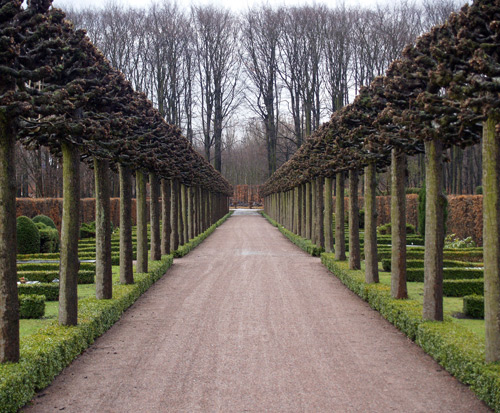
Recently, we found ourselves in one of those situations. All of the sudden, we started noticing references to the same thing or the same person popping up in a variety of different social circles. It was one of those when-it-rains-it-pours scenarios. In this case we noticed it with a handful of wiser, well-experienced architects. And again with some younger cutting edge architects. And on blogs. And then it came up at dinner parties. It was undeniable: All roads were suddenly leading to Sigurd Lewerentz. Though we had briefly brushed up on this architect back in college, we never really sunk our teeth into his portfolio of work. So we decided to take seriously the signs pointing in Lewerentz’s direction and started to do some homework on his projects. Based on our discoveries, we think you’d enjoy reviewing his work as well, so enjoy, and let us know of anything significant we missed.

[Image Credit: arch.et.bme.hu]
Born in Lund, Sweden, Sigurd Lewerentz (1885-1975) was formally trained as a mechanical engineer. He later apprenticed in architecture while living in Germany, and eventually opened up his own office in Stockholm in 1911.
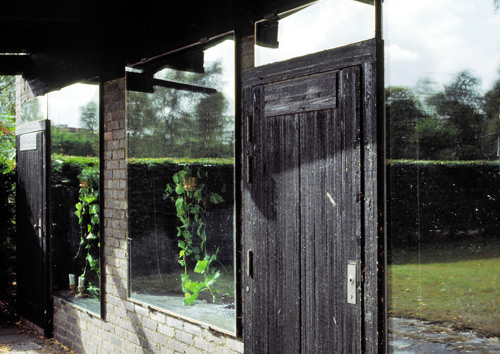
[Image Credit: flickr.com/jmtp]
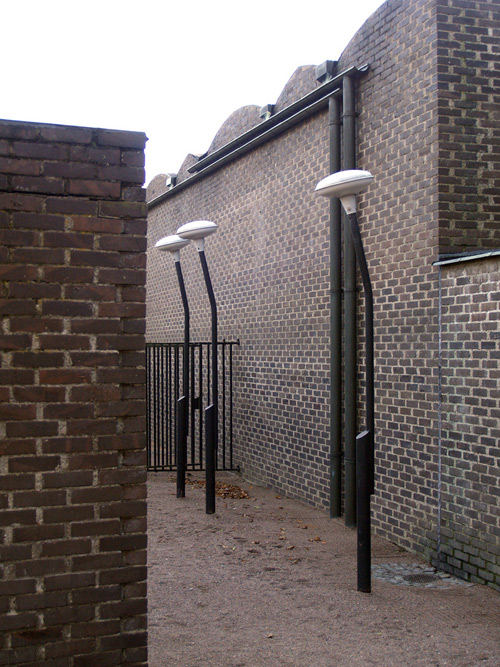
[Image Credit: flickr.com/seier]

[Image Credit: flickr.com/seier]
In his early career, Lewerentz collaborated with Gunnar Asplund (1885-1940) on projects which included the Woodland Cemetery and the Stockholm International Exhibition. Mid-career, he took a hiatus from his architectural work, focusing his attention on designing windows and other architectural fittings. His return to architecture for the last couple decades of his life produced some of his most well-known and well-loved projects: St. Mark’s in Bjorkhagen and St. Peter’s in Klippan.
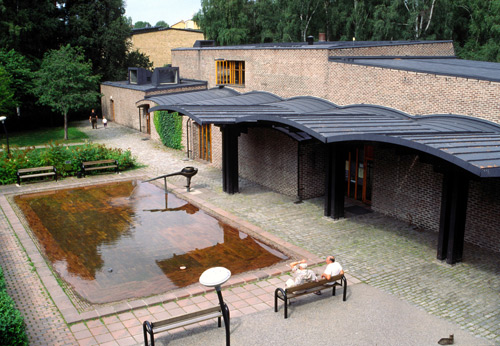
[Image Credit: flickr.com/jmtp]

[Image Credit: flickr.com/seier]
The Eastern Cemetery in Malmo was a long-term project Lewerentz worked on from 1916 until the end of his career. He was involved in the landscape design as well as several buildings on site, including St. Knut and St. Gertrude chapels.

[Image Credit: flickr.com/jmtp]

[Image Credit: flickr.com/seier]
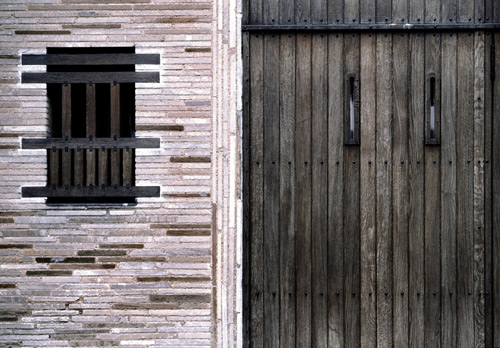
[Image Credit: flickr.com/jmtp]
Whether in the materiality of building elements or in the construct of landscapes, Lewerentz had an integral understanding of how things work and relate. Even the under-accentuated aspects of plumbing and site drainage were deliberately designed and beautifully incorporated into the composition. This intimacy with site, program, and detail comes through in each of his projects.
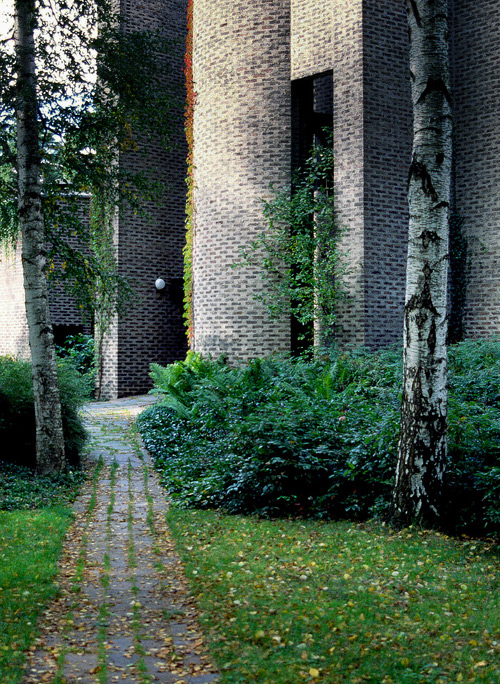
[Image Credit: flickr.com/jmtp]
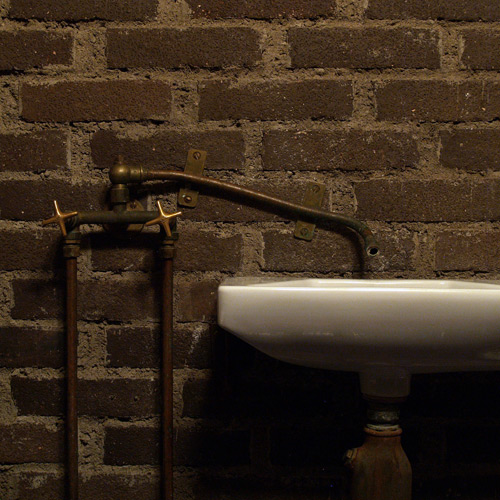
[Image Credit: flickr.com/seier]

[Image Credit: flickr.com/jmtp]
His final act of architecture was a simple flower kiosk for the Eastern Cemetery in Malmo. A fitting project to end his career with, this humble structure is intentional about each and every detail. From its simple rectangular plan to the articulation of the applied plate glass windows, it’s clear that each design decision was carefully made and masterfully executed on site. The flower kiosk is known for its raw purity and has become a symbol of Lewerentz’ work.
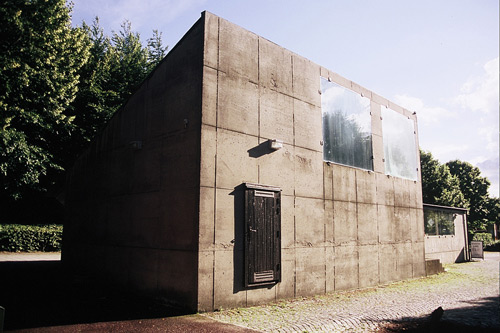
[Image Credit: flickr.com/aiert]
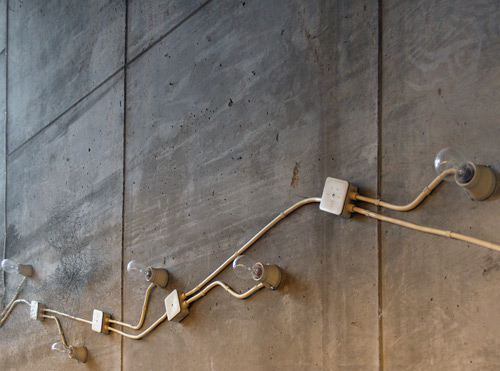
[Image Credit: flickr.com/seier]

[Image Credit: flickr.com/jmtp]
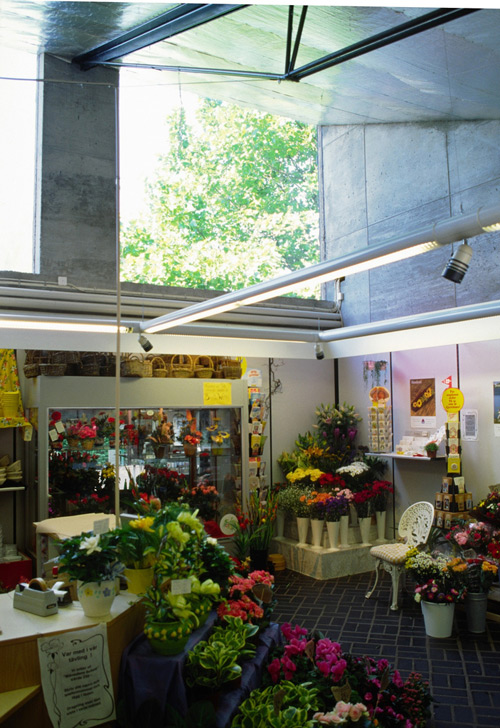
[Image Credit: flickr.com/jmtp]
Cheers from Team BUILD





